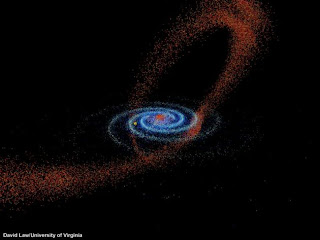Brewster’s Law of Polarization of Light

Brewster’s Law: In 1811 Brewster’s proposed it . When Un-polarized light is incident at the angle called Brewster’s angle or angle of polarization , the light that is reflected from the surface is therefore perfectly polarized . He was able to prove that the tangent of the angle of polarization is numerically equal to the refractive index of the medium. That is....

